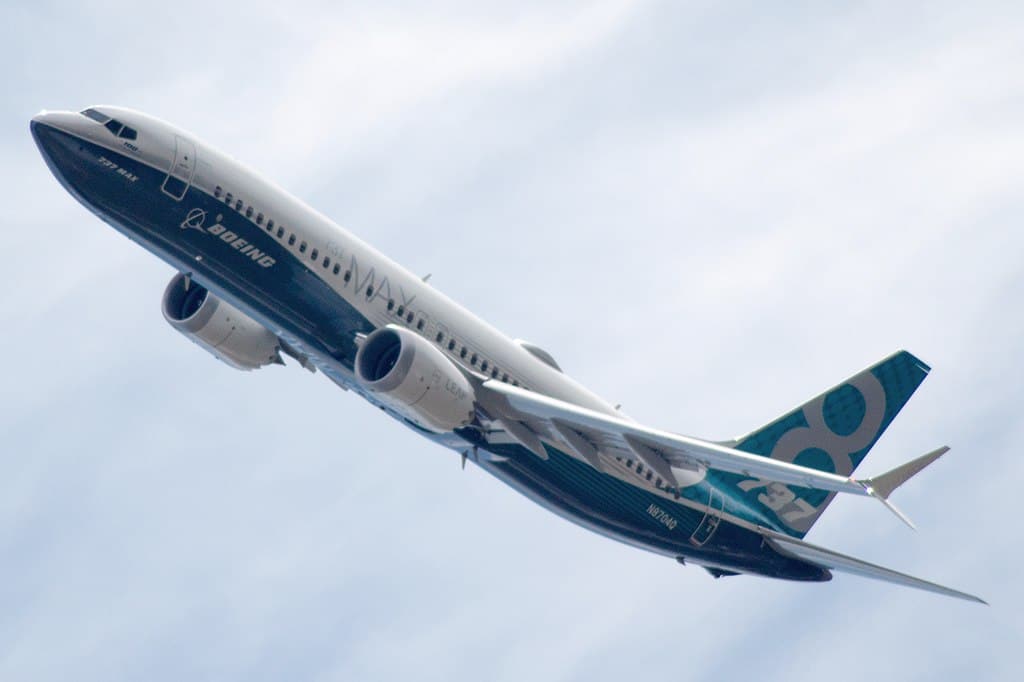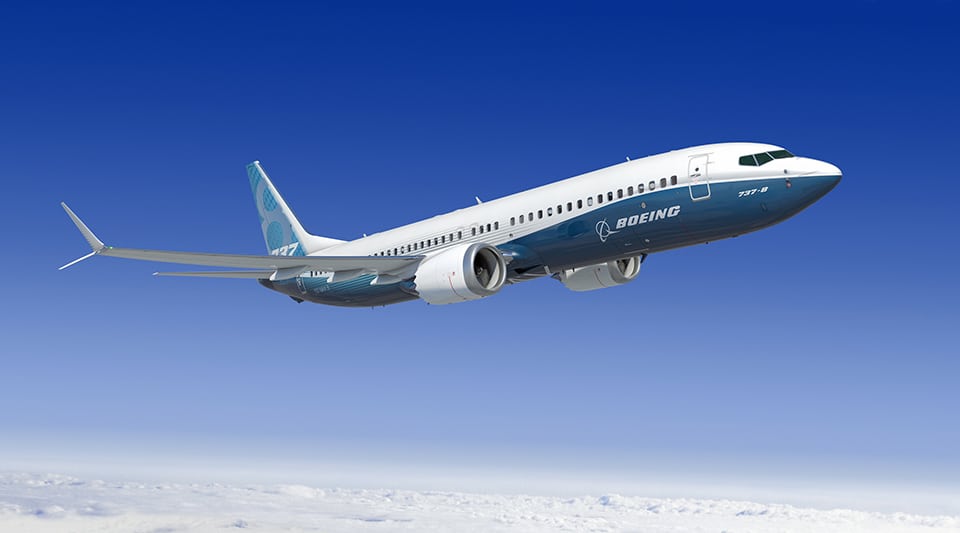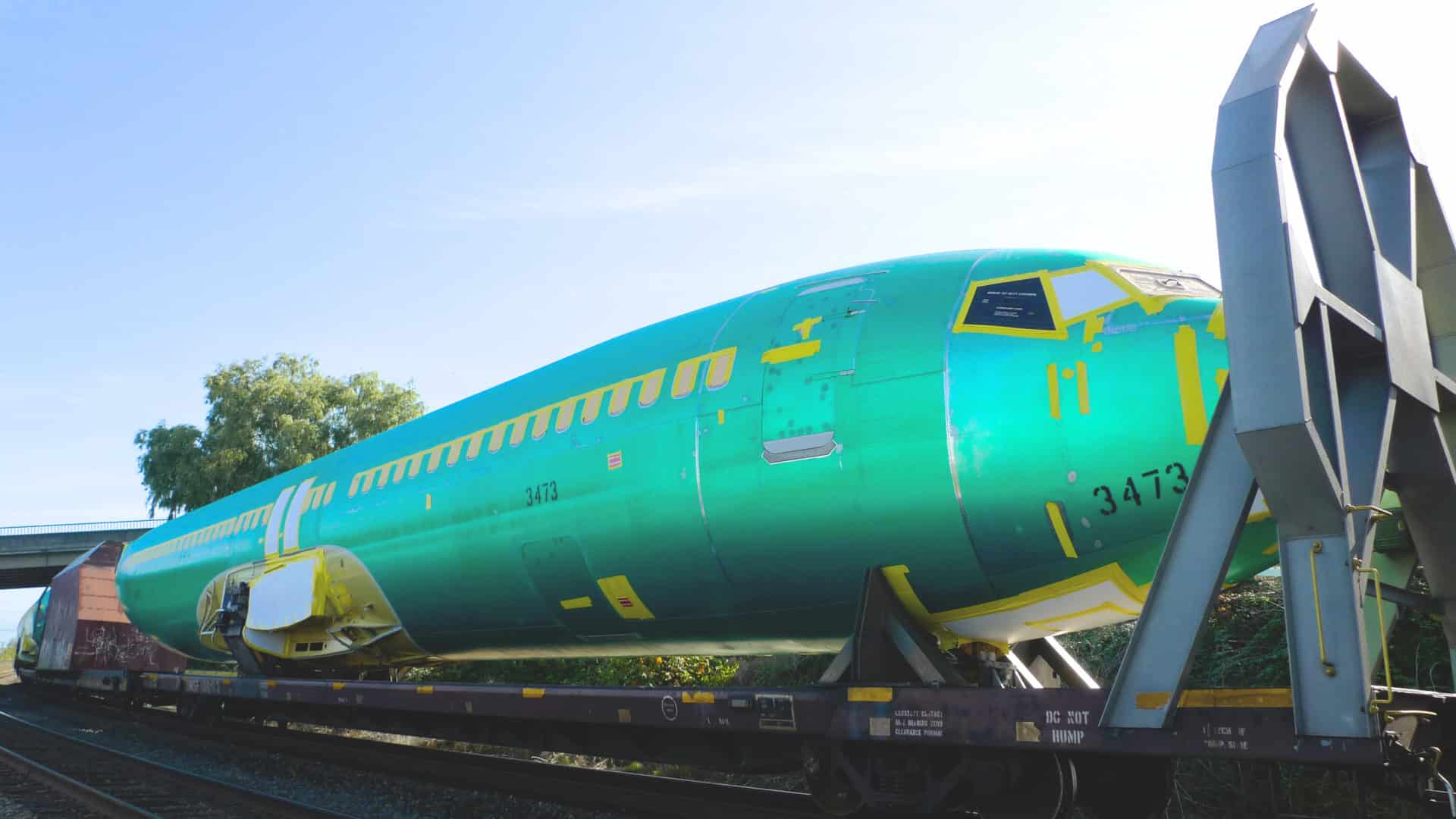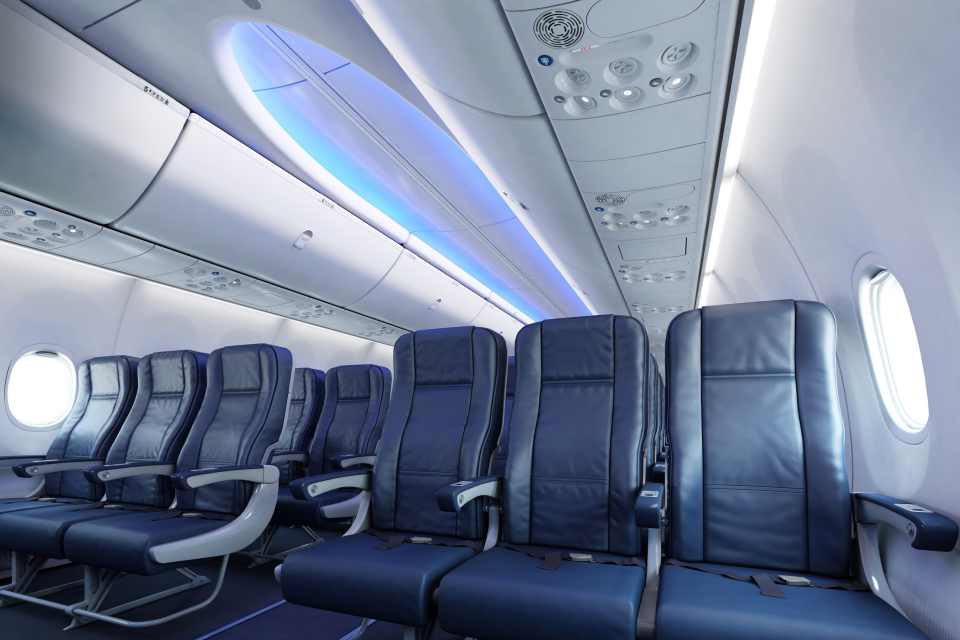Airlines
10 things about Boeing 737 max aircraft.
The Boeing 737 Max is the most recent model of aircraft produced by the Boeing company, and it boasts a number of advantages over earlier models

The Boeing 737 Max is the most recent model of aircraft produced by the Boeing company, and it boasts several advantages over earlier models. We shall learn what features have been introduced to this aircraft in this article.
No 1. Establishment of Boeing 737 max
The Boeing 737 Max is an enhanced version of the 737. Boeing is the manufacturer of this airliner’s narrow body. In the market, it faces up against the Airbus A320 family. On January 29, 2016, the Boeing 737 Max made its inaugural flight. the Federal Aviation Administration certified it
No2. Flight deck and Twin-Engine Airliner
The flight deck can house the pilot and a co-pilot and is equipped with a common display system supplied by Honeywell Air Transport Systems. The CDS consists of six flat-panel liquid crystal displays, and new line of aircraft is designed to provide consumers in the single-aisle category better fuel efficiency. To reduce weight, the flying controls use fly-by-wire spoilers rather than a mechanical system. To increase cabin pressurization, the aircraft has electronic bleed air systems and anti-icing equipment. The 737 MAX’s interior is outfitted with the popular Boeing Sky Interior.
A sustainable source of power LEAP-1B engine provides Boeing 737 MAX operators with improved performance in terms of fuel consumption and CO2 emissions (15 percent ), NOx emissions, and noise emissions (up to 50 percent). The list price for the engine purchase is US$348 million , and deliveries are expected to start in 2022. The LEAP-1B-powered Boeing 737 MAX aircraft is a key element.
No 4. Feature about 737 max
The 737 MAX is Boeing’s most modern 737 to date in terms of technology. New, fuel-efficient engines and advanced flight deck layout are features of the 737 MAX. It has much more efficient LEAP-1B engines that offer higher fuel economy. A more tapered aerodynamic tail cone. This is part of the design advancement to achieve up to a 1% improvement in fuel economy. Boeing 787-style engine nacelles with a scalloped casing that allows for cleaner airflow and less drag.
No 5. 737 MAX Winglet has Natural Laminar Flow
Natural Laminar Flow is present on the 737 MAX at Winglet. Boeing solves this with the “Natural Laminar Flow” properties of the 737 MAX AT Winglet by using detailed design, surface materials, and coatings that enable laminar – or smoother – airflow over the winglet. This reduces drag and improves fuel efficiency.
No 6.The 737 Max have a new wing
Boeing has the very latest in advanced winglet technology, the 737 MAX AT Winglet. In addition to the inward, upward and slightly forward lift components of the upper aerofoil, the new lower aerofoil generates a vertical lift component that is vectored away from the fuselage, and also slightly forward. Working together, these provide the perfectly balanced winglet that maximizes the overall efficiency of the wing. Believing there was even more efficiency to be gained on top of the benefits from this ingenious solution.
No 7. Boeing uses iPads to train 737 max pilots
Boeing used iPads to deliver two-hour lessons about the airplane. It also gave pilots a 13-page handbook explaining the differences between the 737 MAX and earlier 737 models. Pilots are often trained on new airplanes with simulators. some pilots could fly the aircraft because its workings were similar to the regular Boeing 737 series. Boeing insisted that simulator training was unnecessary even after American Airlines and Southwest Airline pilots complained of the airplane’s unusual flight pattern.

Airlines
Air India Rolls Out A350s for Delhi-New York JFK and Newark Routes

In a major development for North American travelers, Air India has announced the deployment of its state-of-the-art Airbus A350-900 aircraft on two key routes: Delhi to New York and Delhi to Newark.
The service on the Delhi-New York route will commence on November 1, 2024, while the Delhi-Newark route will see its inaugural flight on January 2, 2025.
The introduction of the air india a350 will bring significant enhancements to Air India’s offerings, particularly with the launch of its Premium Economy class. air india retrofit This new class will feature 24 wide seats arranged in a 2-4-2 configuration, providing passengers with extra legroom and a more comfortable flying experience.
Soon, Air India aircraft will feature onboard WiFi & all-new cabins: Click here
“We are encouraged by the positive guest feedback we have received from the domestic deployment of our air india a350 interior to offer our hero product on the Delhi-New York JFK and Delhi-Newark routes. This is a significant leap forward for our U.S. operations that also underscores our commitment to continuous improvement,” said Campbell Wilson, Chief Executive Officer & Managing Director of Air India.
The A350’s Business class will set new standards with 28 private suites, each equipped with full-flat beds, direct aisle access, and personal wardrobes. Economy class will be configured to accommodate 264 passengers in a 3-4-3 layout. Across all cabins, passengers will enjoy the latest Panasonic eX3 in-flight entertainment system, offering over 2,200 hours of content.
Air India’s First A350-900: Interior, Routes, &Inflight Features: Click here
This strategic deployment marks a notable enhancement in Air India’s U.S. operations, with 60% of its flights to the U.S. now featuring new or upgraded cabin interiors. The air india new international routes currently operates 51 weekly flights to five U.S. destinations: New York JFK, Newark, Washington DC, Chicago, and San Francisco.
The revamped cabins, advanced in-flight entertainment systems, and improved service standards represent air india wifi commitment to providing a superior travel experience. “We believe this enhanced offering will solidify Air India’s position as a leading carrier and attract travellers seeking a world-class flying experience between India and the United States,” the airline stated.
Seats on these flights are now available for booking on Air India’s website, mobile app, and through travel agents, ensuring that passengers can easily plan their journeys on these newly upgraded routes.
Air India Economy vs Qatar airways economy: which is best?:Click here
-

 Travel1 week ago
Travel1 week agoAir India to Expand US Operations with Three New Routes After a Decade
-

 Travel2 weeks ago
Travel2 weeks agoWhy We Should Avoid These Stamps in a Passport
-

 Airlines1 month ago
Airlines1 month agoInvestigations Reveal Fake Chinese Titanium in Boeing and Airbus Jets
-

 Tech4 weeks ago
Tech4 weeks agoChina’s CATL Plans 1,800-Mile Electric Plane Launch by 2027
-

 Airport3 days ago
Airport3 days agoTop 10 Largest Airports in the World by Size
-

 Aerospace4 weeks ago
Aerospace4 weeks agoChina’s Fighter Jets Turn Wings into Autonomous Drones
-

 Airlines4 days ago
Airlines4 days agoAir India Rolls Out A350s for Delhi-New York JFK and Newark Routes
-

 Defence3 weeks ago
Defence3 weeks agoBoeing Enhances Chinook with New Engines and Block II Upgrades at $96 Million











